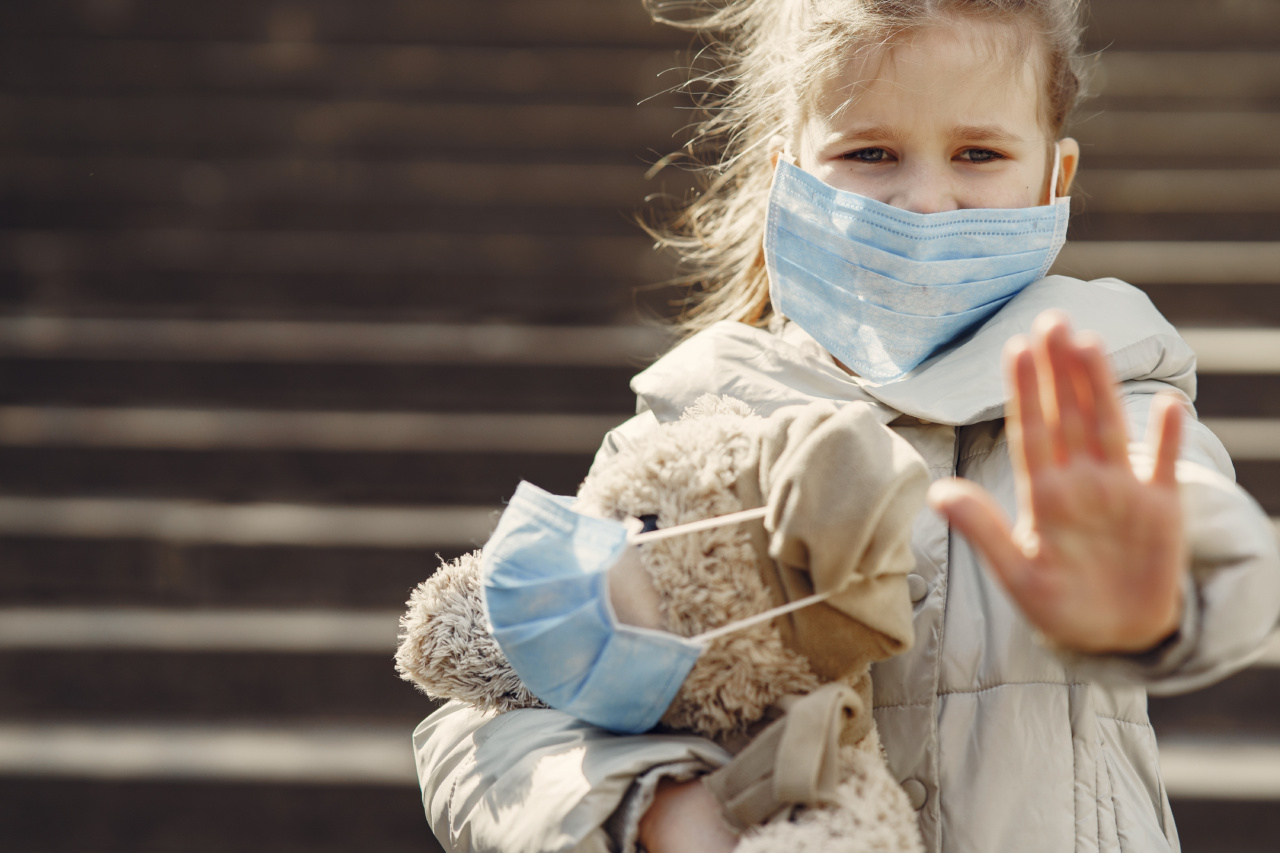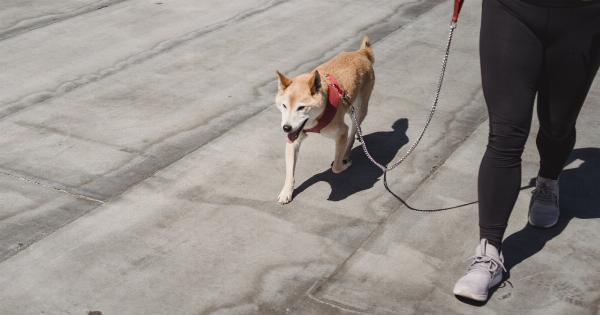As your little one transitions from crawling to walking, it is important to take certain safety measures to ensure their safety. According to experts, there are several steps you can take to protect your baby during their first walking phase.
Here are some of the most important things to keep in mind:.
1. Choose the Right Footwear
The first step towards keeping your baby safe while walking is to choose the right footwear. Look for shoes that are lightweight, flexible, and non-slippery.
Avoid shoes with heavy soles or stiff materials, as they can hinder your baby’s natural walking movements and make them more prone to slips and falls. Shoes with good traction on the soles are essential, especially for walking on smooth floors or outdoors.
2. Clear the Path
Once your baby starts walking, it’s essential to clear the path of any obstacles or hazards. Remove any sharp or heavy objects, loose wires, or anything that can be tripped over.
Also, make sure to cover any exposed electrical outlets and secure any cabinets or drawers within reach of your little one. You can also use baby gates to block off rooms or areas that are not safe for your baby to access, such as the kitchen or the stairs.
3. Supervise Your Baby
While your baby is learning to walk, it’s important to be present and watchful. Make sure to keep an eye on your baby as they move around, and be ready to provide support and encouragement as needed.
Also, remember to follow your baby’s lead and let them set the pace. Some babies may take longer to master walking than others, and that’s okay!.
4. Use Playpens or Playards
Playpens or playards can be useful tools to keep your baby safe while playing or moving around. These enclosures provide a safe and controlled environment for your little one, allowing them to explore and play while you keep a watchful eye from outside.
Make sure to choose a playpen or playard that is sturdy, non-toxic, and spacious enough for your baby to move around comfortably.
5. Practice Safe Babywearing
Babywearing can be an excellent way to keep your little one close and safe while you go about your day. However, it’s important to choose the right carrier and follow safe babywearing practices.
Look for carriers that support your baby’s hips and spine, and avoid carriers that force your baby into an unnatural position. Also, make sure the carrier fits snugly and is properly adjusted to your body.
6. Keep First Aid Supplies Handy
Despite your best efforts, accidents can still happen. Make sure to keep a well-stocked first aid kit in your home, and bring one with you when you’re out and about with your little one.
Your first aid kit should include essentials such as bandages, antiseptic wipes, and pain relievers. Remember to keep your first aid kit out of reach of your baby, but within easy access for you.
7. Teach Your Baby to Be Safe Around Cars
Around cars, your baby is still at risk. Teach them to stay away from any moving vehicle, even as a baby who is incapable of walking when the car comes closer.
8. Choose the Right Training Equipment
Training equipment supports your baby’s walking learning phase. Hence, make sure to choose the right activity center or walker to support your baby’s natural walking movements.
Walking frames, activity tables, toys, and other equipment can be very effective, but it’s important to choose age-appropriate gear and supervise your baby while they’re using it.
9. Provide Positive Reinforcement
As your baby starts to walk, provide positive reinforcement. Use words of encouragement, positive reinforcement, and other rewards to help build your baby’s confidence.
Remember always to praise every step of the way even if it’s through the support of a walking aid or wheeled tripod.
10. Take Care of Yourself
Finally, remember that taking care of yourself is just as important as caring for your baby. Make sure to get enough sleep, eat healthy, and take time for yourself to recharge your batteries.
Caring for your baby can be exhausting, and you need to take care of yourself to be your best self.






























